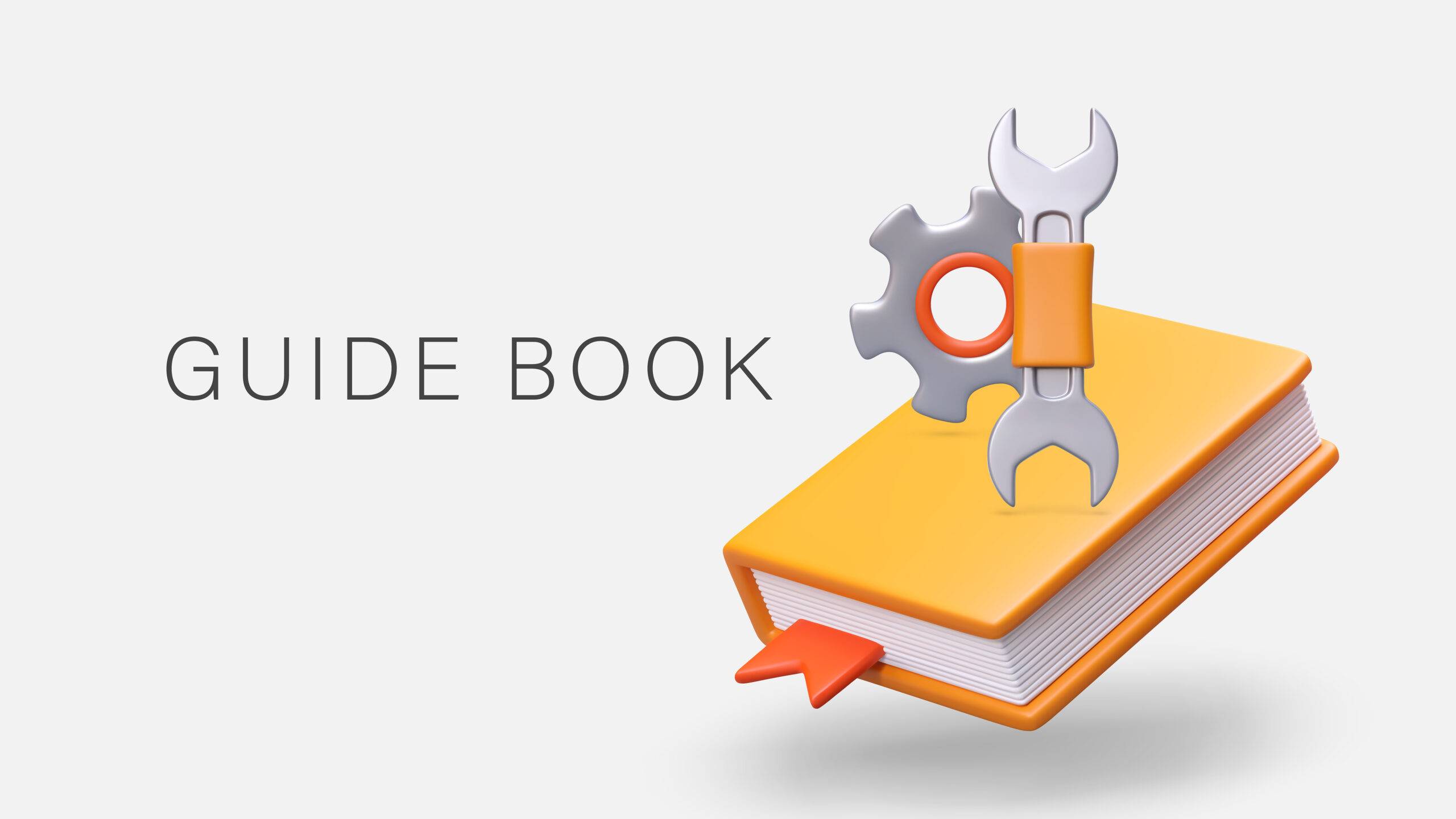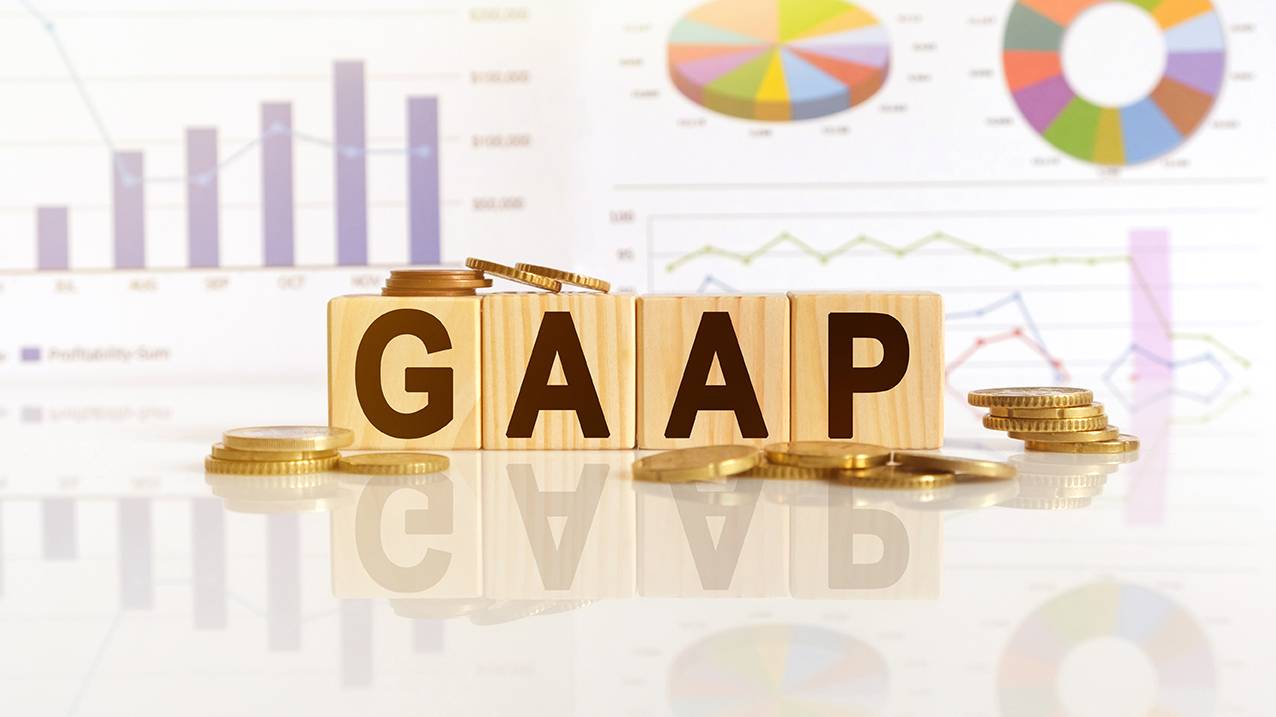Self-Study
Construction Accounting: A Practitioner’s Guide
Specialized course for Construction Industry Accounting and Compliance. Learn unique revenue recognition methods while mastering contract management and project cost systems.

$308.00 – $348.00
Webcasts are available for viewing Monday – Saturday, 8am – 8pm ET.
Without FlexCast, you must start with enough time to finish. (1 Hr/Credit)
Please fill out the form below and we will reach out as soon as possible.
CPE Credits
11 Credits: Accounting
Course Level
Overview
Format
Self-Study
Course Description
The Construction Accounting course is the essential construction company accounting guide for professionals in the construction industry to master the unique accounting principles applicable to their field. This construction accounting course is tailored to impart both theoretical knowledge and practical skills in managing the intricate financial aspects of construction projects.
Participants in this construction accounting course will benefit from a thorough understanding of the various types of bonds required for contractors, the intricacies of construction contract clauses, and the causes of contract claims. The construction accounting class covers the use of different ledgers in construction accounting and the components of a work breakdown structure, enabling participants to organize and manage financial data effectively. Our construction accounting CPE also provides insights into revenue recognition in contracts, including the criteria for contract existence and the methods used to determine contract price. Additionally, the construction accounting course explores the accurate accounting for pre-contract costs, the application of various depreciation methods, and the handling of fixed assets. Importantly, it addresses the specific IRS rules and requirements relevant to construction accounting, aiding in compliance and efficient financial management. By completing this construction accounting CPE course, participants will be equipped with the skills to implement robust accounting systems in their construction businesses, enhancing financial accuracy and compliance.
Learning Objectives
Upon successful completion of this course, participants will be able to:
Chapter 1
- Recognize the types of bonds that a contractor may be required to post.
- Cite the different types of clauses that may be added to a construction contract.
- Specify the various causes of contract claims.
- Specify the types of financial difficulties to which the construction industry is subjected
Chapter 2
- Identify the different types of ledgers used by a construction company.
- Specify the components of a work breakdown structure.
- Recognize the types of accounts most likely to be designated as control accounts by a contractor.
Chapter 3
- Recognize the linkage between contracts and revenue recognition.
- State the criteria for the existence of a contract.
- Specify the methods used to determine the price of a contract.
- Cite the criteria used to identify contract fulfillment costs.
- Recognize the different methods used to calculate the percentage of completion.
- Identify the situations in which the completed contract method should be used.
- Describe the circumstances under which the recovery of funds from a change order is probable.
- Specify the proper accounting for pre-contract costs.
Chapter 4
- Describe the normal account balances for the various account types.
- Recognize when the straight-line rent concept should be applied.
Chapter 5
- Recognize the uses to which the accounting equation is put.
- Identify the linkage between the balance sheet and the income statement.
- Identify the impact of a long operating cycle.
Chapter 6
- Cite the circumstances under which the useful life concept is employed.
- Specify the significance of the mid-month convention.
- Identify the depreciation calculations for all depreciation methods.
- Recognize the accounting for the disposition of a fixed asset.
- Specify the methods available for giving meaning to a supplier identification number.
- Recognize the purpose of the different copies of the Form 1099-MISC.
- Specify the purpose of the more important boxes listed on the Form 1099-MISC.
Chapter 8
- Recognize the reasons for loan balance differences in the records of the lender and borrower.
Chapter 9
- Cite the rule used for determining the amount of a loss contingency accrual.
- Specify the proper disclosure for the different types of contingent losses.
Chapter 10
- Specify the uses for the lessee of a lease arrangement.
- Recognize the lease rules related to short-term lease arrangements.
Chapter 11
- Describe the usage of the Form W-4.
- Identify the calculation used for the hourly rate plan.
- Specify how the wage bracket method is used.
- Recognize the payment schedules for the different types of tax deposits.
- Identify the tax calculation for the FUTA tax.
Chapter 12
- Recognize how the equity method is calculated.
Chapter 13
- Specify the IRS designation for a multi-year contract.
- Recognize the circumstances under which the IRS allows the cash method to be used.
- Define the circumstances under which the IRS allows a business to be classified as a small contractor.
Chapter 14
- Identify the situations in which a change log can be most profitably used.
- Recognize the controls that apply to fixed fee and cost plus contracts.
Chapter 15
- Cite the components of earned value management.
- Describe the calculation of the cost performance index.
Chapter 16
- Specify the advantages and disadvantages of the various types of organizational structures, as well as the requirements for the formation of each one.
Course Specifics
1203515
June 20, 2023
There are no prerequisites.
None
263
Compliance Information
CMA Notice: Western CPE makes every attempt to maintain our CMA CPE library, to ensure a course meets your continuing education requirements please visit Insitute of Management Accountants (IMA)
CFP Notice: Not all courses that qualify for CFP® credit are registered by Western CPE. If a course does not have a CFP registration number in the compliance section, the continuing education will need to be individually reported with the CFP Board. For more information on the reporting process, required documentation, processing fee, etc., contact the CFP Board. CFP Professionals must take each course in it’s entirety, the CFP Board DOES NOT accept partial credits for courses.
Meet The Experts

Steven M. Bragg, CPA, is a full-time book and course author who has written more than 300 business books and courses. He provides Western CPE with self-study courses in the areas of accounting and finance, with an emphasis on the practical application of accounting standards and management techniques. A sampling of his courses include the The New Controller Guidebook, The GAAP Guidebook, Accountants’ Guidebook, and Closing the Books: An Accountant’s Guide. He also manages the Accounting Best Practices podcast. Steven has been the CFO or controller of both public and private companies and has been a consulting manager with Ernst & Young and …
Related Courses
-
 Accounting
Accounting
Accountants’ Guidebook
Steven M. Bragg, CPA QAS Self-Study
Credits: 30 $600.00
QAS Self-Study
Credits: 30 $600.00$600.00 – $640.00
-
 Accounting
Accounting
Accounting Fraud: Recent Cases
Joseph Helstrom, CPA QAS Self-Study
Credits: 1 $29.00
QAS Self-Study
Credits: 1 $29.00$29.00 – $49.00
-
 Accounting
Accounting
GAAP Guidebook
Steven M. Bragg, CPA QAS Self-Study
Credits: 29 $580.00
QAS Self-Study
Credits: 29 $580.00$580.00 – $620.00
